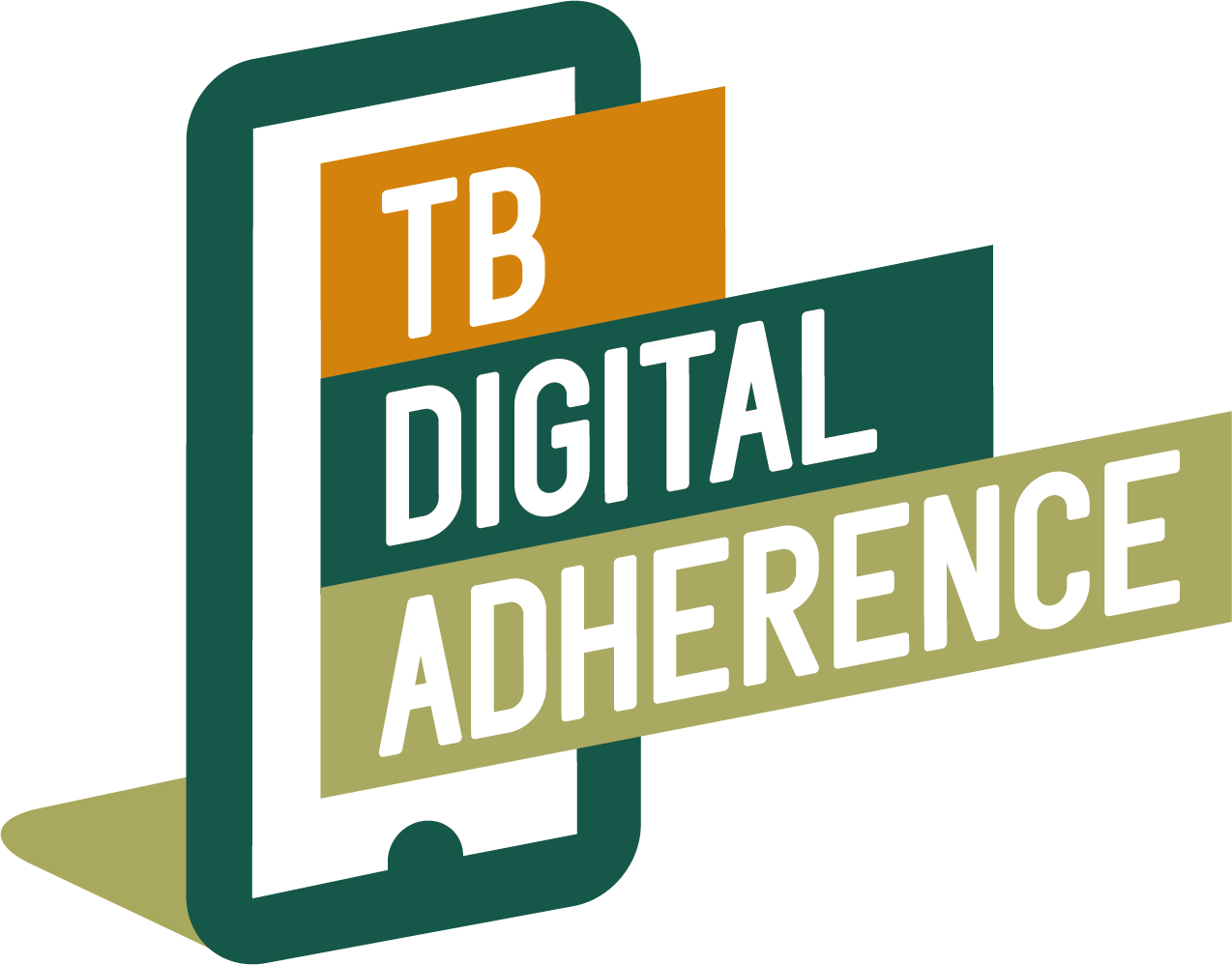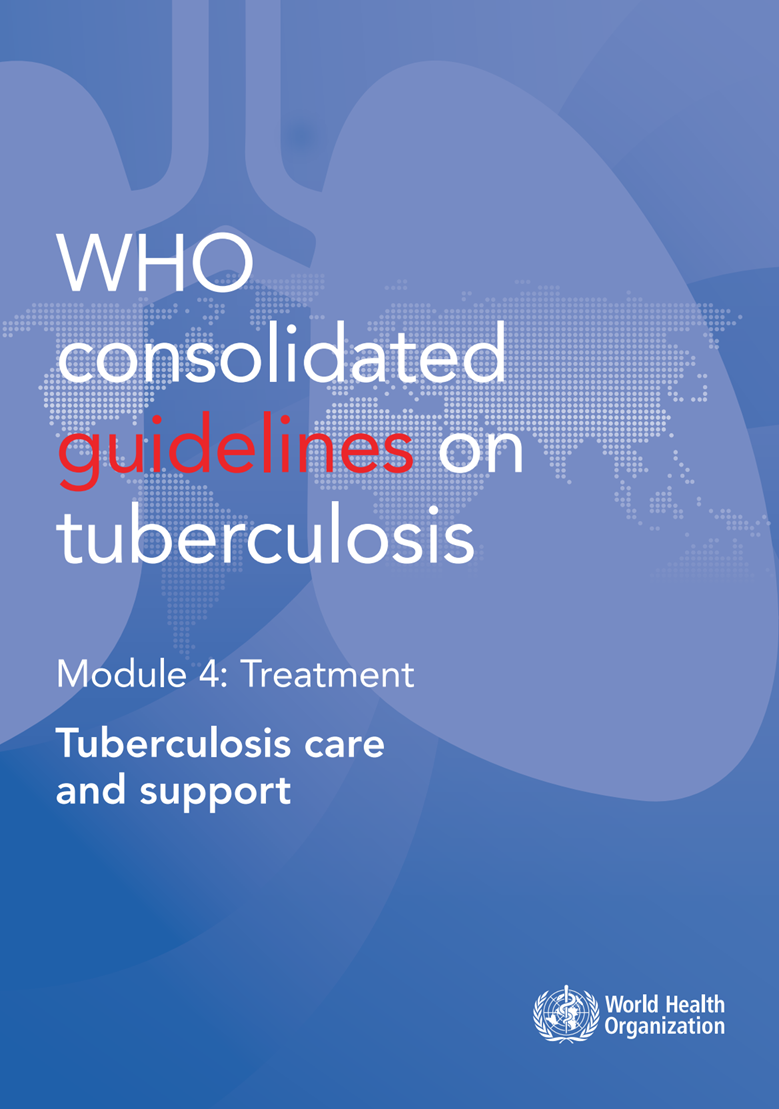Digital Adherence Technologies in the World Health Organizations Consolidated Guidelines on Tuberculosis Care and Support
The World Health Organization published their updated consolidated guidelines on Tuberculosis for treatment in July 2022.
As a part of the guidelines there were multiple references to the use of digital adherence technologies as a tool in TB treatment.
In discussing the use of digital adherence technologies as a treatment adherence intervention the World Health Organization states “the evidence […] showed that, when patients received treatment adherence interventions (e.g., different combinations of patient education, staff education, material support, psychological support, tracers and use of medication monitor) in conjunction with treatment support or SAT (self-administered treatment), the treatment outcomes were significantly improved compared to treatment support with observation or SAT alone”. The WHO also stated that “medication monitors had better rates of adherence and favourable outcomes, and combined interventions of SMS and medication monitors also showed better adherence compared to no intervention.”
In the same consolidated guidelines, with reference to treatment adherence interventions, the WHO states that “treatment support alone is not likely to be sufficient to ensure good TB treatment outcomes, [and] additional interventions for treatment adherence need to be provided.
Although the WHO recommends the use of DAT for TB treatment, they also state that more studies and evaluations on the feasibility and utility of DATs in programmatic realities are needed. The ASCENT project has been providing experiences and generating evidence of these technologies in practice and at scale, so that future scale-up is possible and these digital innovations can be available to all TB patients worldwide.
To view the World Health Organization’s consolidated guidelines published in July 2022, follow this link.

